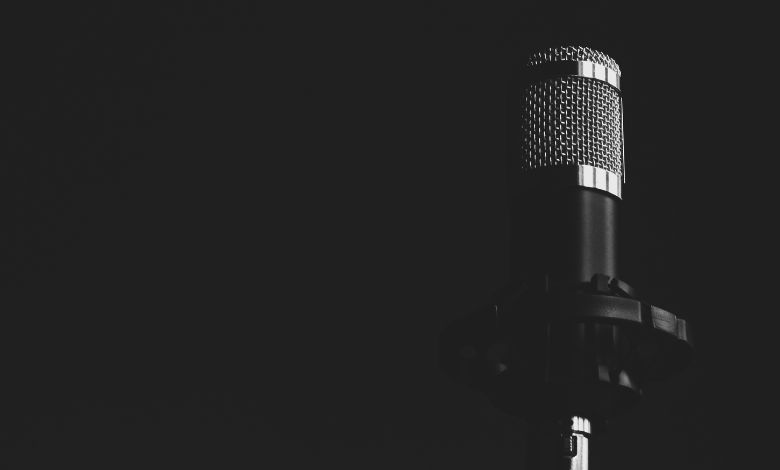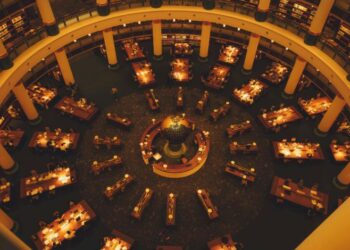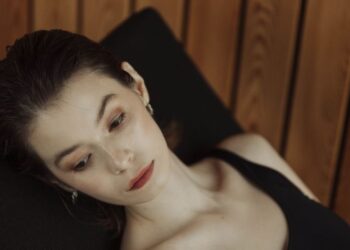Discover darkness sounding, how music, silence, and imagination shape the way we hear, feel, and create in the absence of light.
When I stumbled upon the phrase dark for the first time, I couldn’t help but break. It was not a specific combination of words I had seen before, but it portrayed pictures and light feelings in my mind. Darkness usually thinks of us about absence – the absence of light, clarity or safety. Looking on the other side, it’s an action word. It thinks of filling us, vibrations, air that fills us. Put together is the phrase as the poem: the sound of the darkness, the sound of someone that we usually combine with silence.
I have countless nights that roam around the house under a moonlight sky or sit in my room with light, and every time I realize that the darkness really “sounds”. It is not that darkness makes noise, but the way we see the sound in the dark changes dramatically. Each crack, every whispering of air, each distant we feel uninterrupted. Over the years, I have been fascinated by this concept – musicians, writers and even scientists explain the sound of darkness. This article is my attempt to dive deep into that world and not just to share research, but with my personal experiences that I have come to call the echo of the shadow.
So let’s unpack it for everyone: the story behind music, atmosphere, science and darkness.
What You'll Discover:
What does “looks dark?
Break the term before we go too far. At first glance it seems intangible, but in fact it is an invitation to imagine. Darkness can mean:
Music expressions: Songs or compositions that capture the spirit of darkness.
Atmospheric sound design: sound landscapes used in horror movies, video games or podcasts to mimic the experience of being in the dark.
POESI -METAFOR: Describes silence, fear or inner turmoil in echo words with readers.
Scientific view: How our brain explains sound in the dark.
The nice thing about the phrase is that it doesn’t stop you in a way. It is a door for many interpretations, and that is what makes it worth finding.
The music looks dark: When the notes turn into the shade
Music has always been a mirror of human emotions, and is one of the most recurrent subjects in dark styles. I remember for the first time I heard Beethowens Chandi Sonata as a teenager in my bedroom with little light. Slow, pursuing notes made me feel like I was flowing through an endless void. This was my first real meeting, which I now looked dark in music.
Musicians often use:
Smaller keys to initiate sadness or mystery.
Dark bass colors like thunder as distant thunder.
Interaction to create emptiness or insulation.
Unpleasant (collision note) to make us feel unresolved.
Think of the movie point: horror movies, thriller or even dark fantasy films use these techniques to embody the “sound” of the dark. A whispering violin, an echo piano line, or also a pure silence before the sudden accident – everything makes the darkness feel alive.
When I write late at night, I have one of the playlists “Dark an ambient”. Tracks often begin with low drones, perhaps slightly nervous through a cave, and slowly build layers of terrible tons. It seems to enter a black forest where each step is higher than normal. This is the magic of music when it looks dark – it makes an absence of appearance.
The sound design of darkness: movies, games and beyond
If you’ve ever played a horror video game in the dark, you know that sound is everything. I still remember playing Silent Hill 2 with the headphone, and the creeping doors let me jointly with the deformed static. The darkness was no longer the stage – it was audible.
Sound designers use smart tricks to “talk” dark:
The echoes and reverb give a sense of large, empty, unknown places.
Low-existent rumbles simulate distant dangers that you can’t see.
Sudden silence expects something, expects something.
The guideline (such as the map behind you) manipulates your fear.
These effects are not random; They are carefully designed to cause stress. The darkness is rarely quiet in movies and sports – it looks like. Even when nothing happens on the screen, the atmosphere is created through sound signals that suggest something lean.
It is attractive because our hearing in real life naturally intensifies in the dark. Without vision, our brain bends hard on sound to survive. This is why a dripping pressure at 3 o’clock appears to be ten times higher a day.
How writers have described the voice of darkness
I always praise authors who can feel abstract. When you think about it, it looks dark as a metaphor waiting to be found. Poets often describe silence as “high”, because in the absence of noise, each heartbeat, each breath is audible.
I once tried to describe it in a short story, where the protagonist sat in a blackout. I wrote: “The darkness looked like a silence between the heartbeat, such as a break before a secret slide from someone’s lips.” That moment taught me how powerful the expression can be in literature.
Some beautiful metaphors to see dark may include:
“The darkness looks like a wrong cradle.”
“The darkness looks like a door echo that never closes.”
“The darkness looks like very heavy thoughts for the daylight.”
In writing, it’s not about the literal sound. This is about what the darkness hears inside us.
Science to hear in the dark
Of course, there is also a scientific team for this. Studies show that when the visual is deprived of input, the human brain increases its sensitivity to sound. This is why blind people often develop a sharp feeling of hearing.
At night, our hearing bark becomes more awake, increasing subtle noise. It explains why we suddenly notice the lukewarm for the refrigerator, the clock ticking or the unconscious discussion about the lightning in the walls. The dark sound does not add – it is revealing.
Personally, I think it is both terrible and relaxing. This means that darkness is not quiet at all – this is a stage where the smallest voice finally comes in the headlines. In other words, science proves what art has always known: it looks dark.
How to make your own dark experience
After years of experimentation, I have come to “listen to the dark” with my little rituals. You may want to try them too:
Make a playlist: Search for dark surroundings, drone or atmospheric soundtrack. Let the music take you in the shade.
Try writing the signal: Sit in a dull room and describe how the silence looks. Be a metaphor, even strange.
Register at night: Go out and record the sound from your neighborhood at 2pm.
User with audio apps: Tools such as auditions or ableton allow you to add the tone and create your own dark soundscape.
Medit in the dark: Close your eyes, breathe and focus completely on your surrounding sounds. It may feel that darkness is talking.
These exercises do not only entertain; They expand your opinion.
My journey with the sound of dark
When I turn back, my relationship to darkness has changed. As a child, I was nervous about the dark. Each shade looked like a demon, each crack as a warning. But as I was growing up, I began to note that the same voices can be beautiful in my weird way.
Now I often stop all the lights when I need inspiration. The lukewarm of my portable tab sometimes passes off the car, even weak in my ears – with strength they make a kind of nightly orchestra. It looks dark to me: a reminder that is also in emptiness, appearance.
What started as a fear has become an attraction, which is why this phrase adheres to me so much. It represents changes – listening to what is hidden.
Key Takings
- At the end of the day, darkness feels more than just a poetic phrase. It is an objective that we can detect music, sound design, literature, science and even personal development.
- This is the terrible soundtrack of a horror movie, a lonely tone of a piano, crack on your floorboard and inner monotonous that you only hear when the lights are out.
- If I have one thing on my journey, it’s that it is: darkness does not delete the sound. This increases it. It makes the usual extraordinary, no one gets attention in unforgettable. And if you are heard quite carefully, you will find that darkness is not just about fear – it’s about appearance, creativity and compound.
- So tonight, when the light goes out and the world gets quiet, ask yourself: How does your darkness feel?
Additional Resources
- Behind the Edgy Sound of Netflix’s “Dark” – A Sound Effect: Insights into professional sound design techniques that made Netflix’s Dark eerie, immersive, and emotionally haunting.








